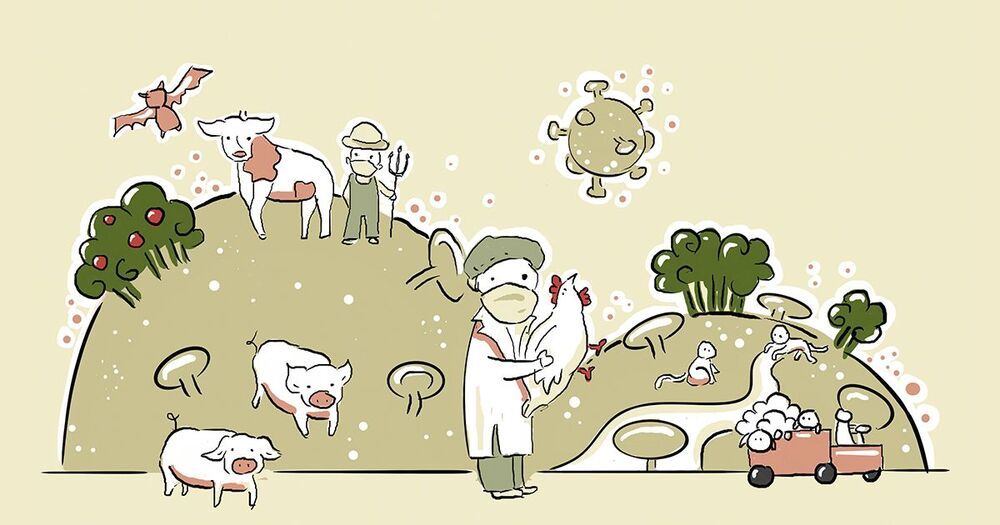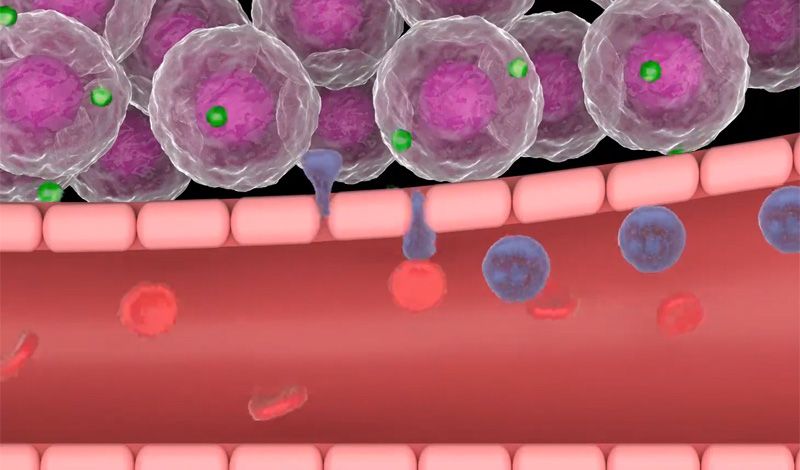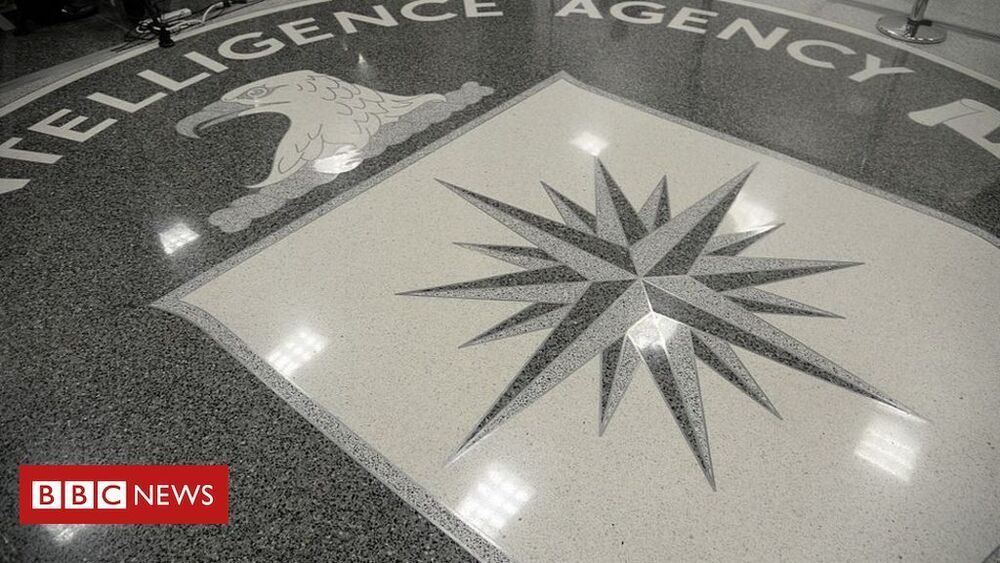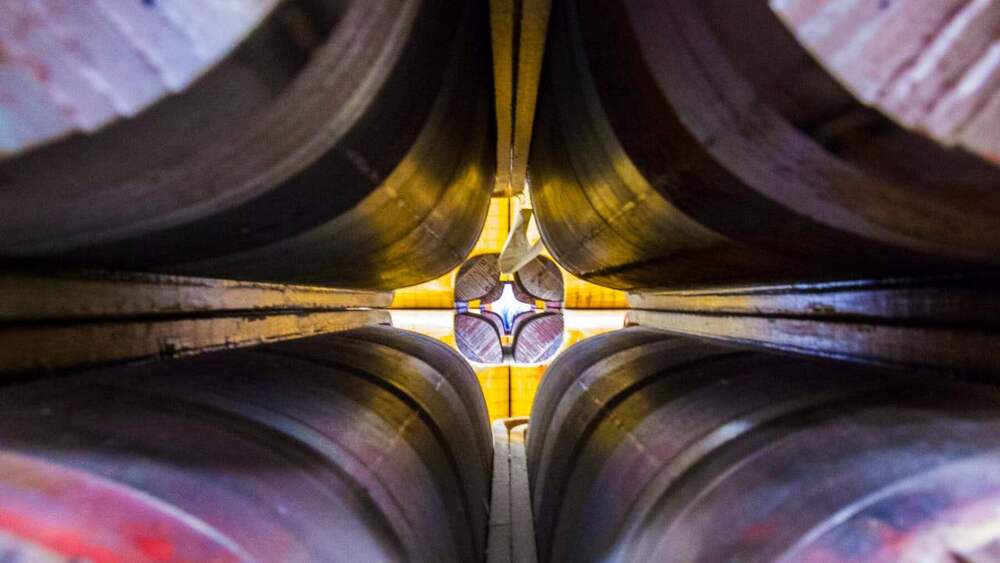A new way to harvest power from 5G networks could make many of the batteries that power our devices a thing of the past, researchers say.
An ATHENA group member holds an inkjet-printed prototype of a mm-wave harvester. The researchers envision a future where IoT devices will be powered wirelessly over 5G networks. (Credit: Christopher Moore/Georgia Tech)
The researchers have developed a flexible Rotman lens-based rectifying antenna (rectenna) system capable, for the first time, of millimeter-wave harvesting in the 28-GHz band. The Rotman lens is key for beamforming networks and is frequently used in radar surveillance systems to see targets in multiple directions without physically moving the antenna system.







